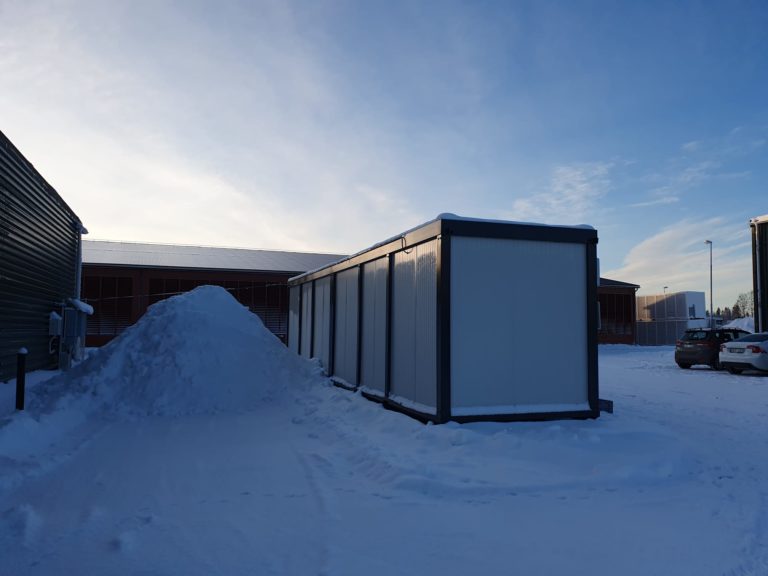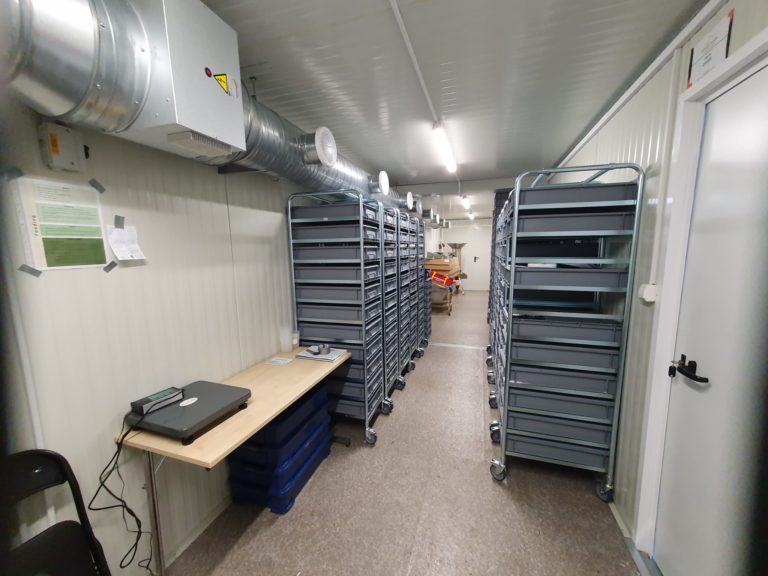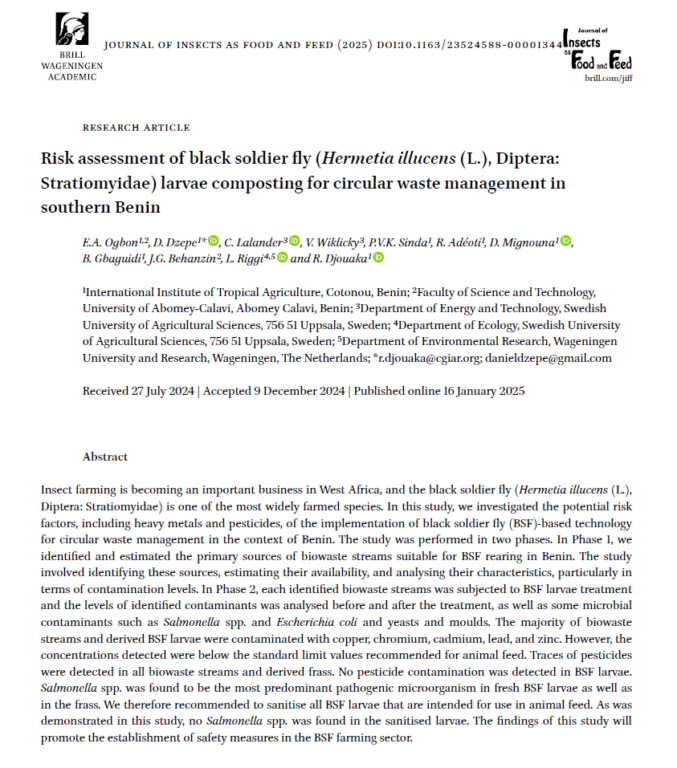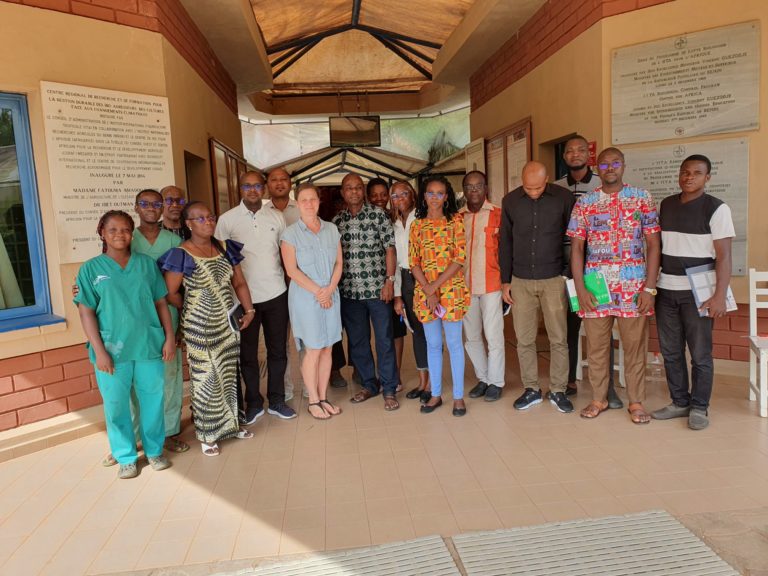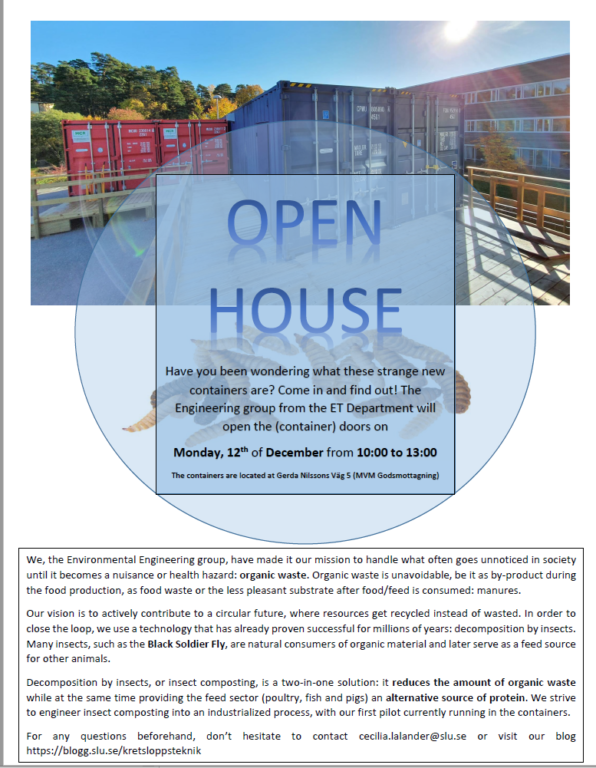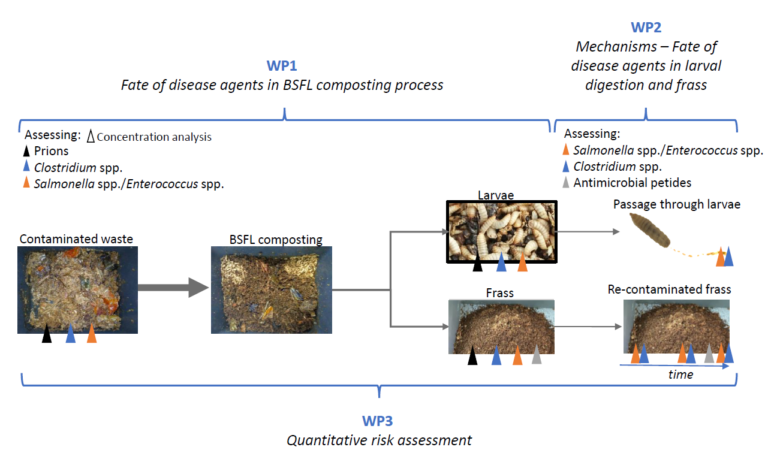As the project “5F” (Framtidens Foder till Fågel, Fisk och Fläsk) nears its final phase, the implementation of a container-based solution in northern Sweden has begun. In January, the SLU team spent two weeks in Boden, collaborating with Catharina Ljungcrantz and her team to start processing supermarket waste using Black Soldier Fly larvae. During this time, the team received training on how to handle the food waste, including portioning, feeding, and harvesting the treated substrate. The larvae will be utilized by Vattenfall to assess how young fish, raised in the farm, respond to insects— their natural food source—and whether this will enhance their survival rates after being released into the wild. For more information, follow the link to read about how Vattenfall vill testa framtidens fiskfoder i Boden – Boden Business Park.
